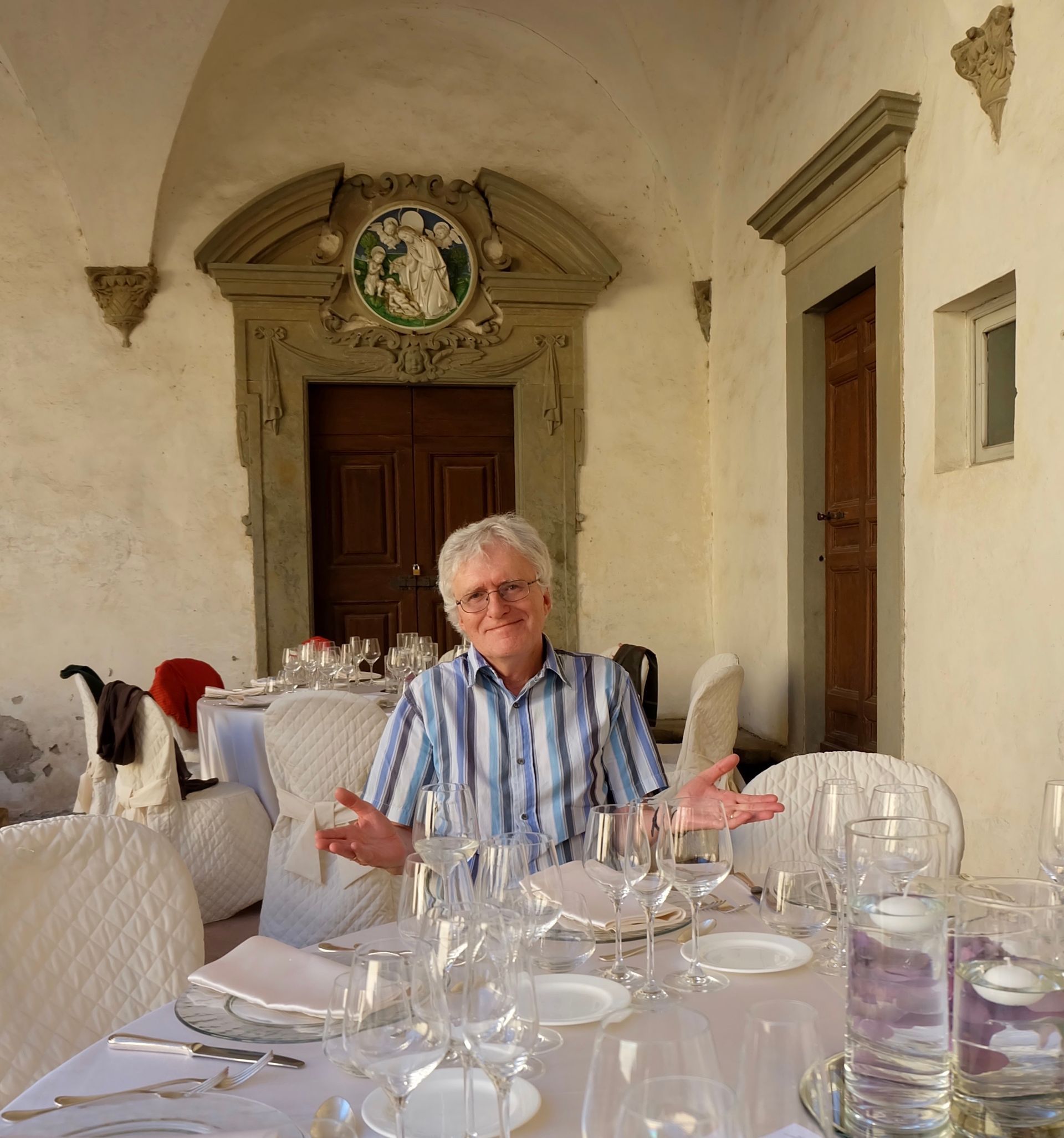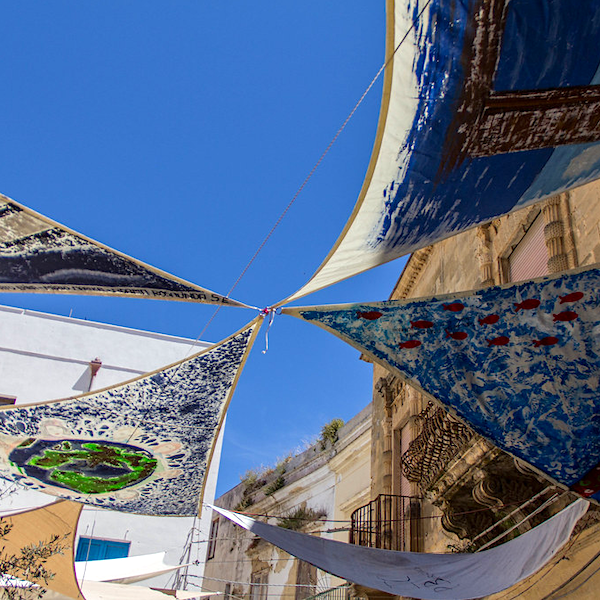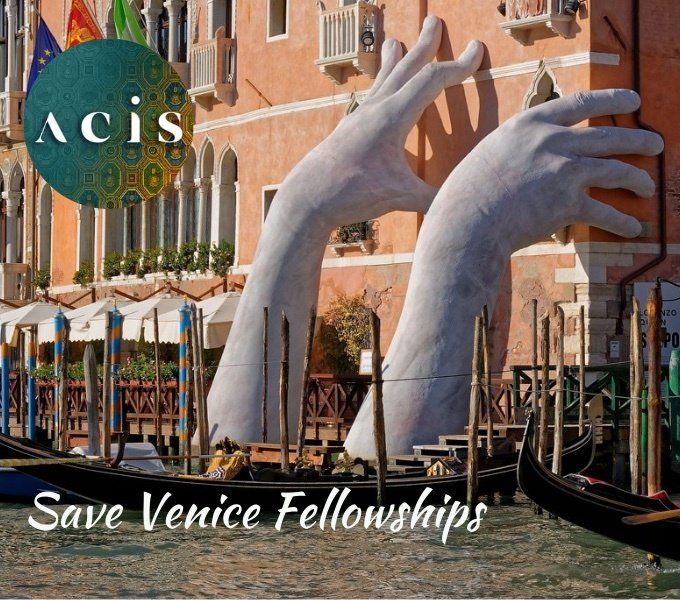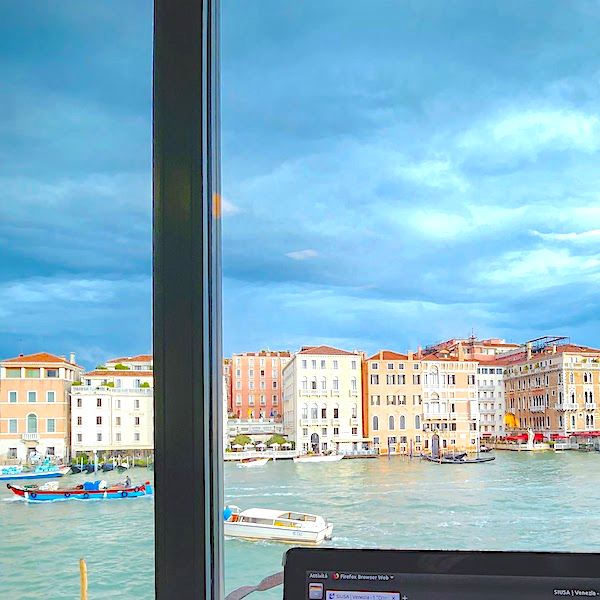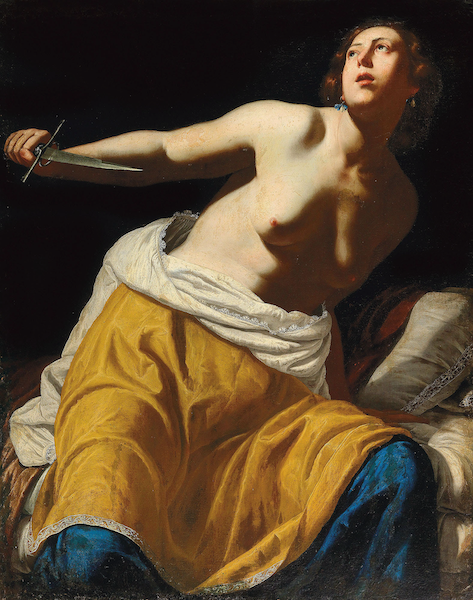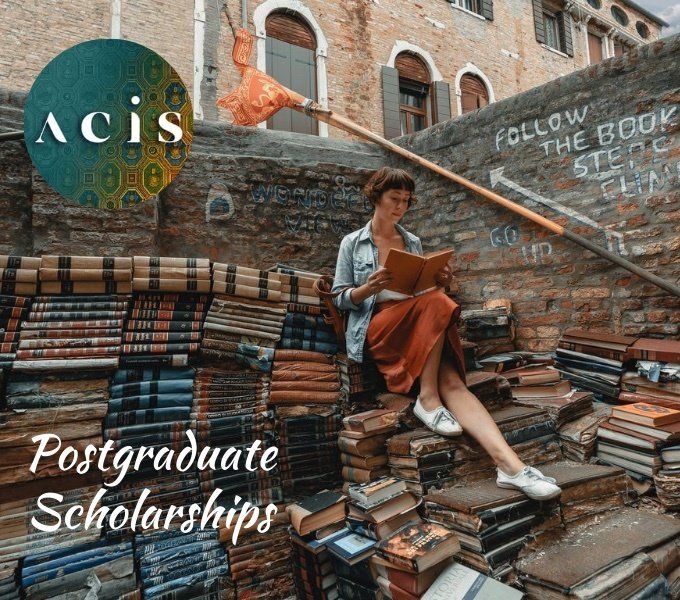New Subjects and Stories of Baroque Art: Hamilton Gallery
Open until 14 April 2024, the exhibition
Emerging From Darkness: Faith, Emotion and The Body in the Baroque is presented at
Victoria's Hamilton Gallery (on the unceded lands of the Eastern Maar and Gunditjmara peoples),
in partnership with the National Gallery of Victoria (NGV).
Unprecedented, and monumental in scope,
Emerging From Darkness brings together an exceptional group of works from public and private collections in Australia. It was curated by Associate Professor
David R. Marshall, Principal Fellow in Art History at the University of Melbourne, Dr
Lisa Beaven, Adjunct Senior Research at La Trobe University, and
Laurie Benson, Senior Curator of International Art at the NGV. Here two curators explain some of the project’s background and aims.
David and Lisa write:
The idea was to develop an exhibition centred on Italy at the end of the sixteenth, and into the seventeenth century, when major developments in art were responding in part to the Catholic reform of the latter Cinquecento. Also encompassed is art of the seventeenth century produced beyond Europe, specifically in India, Asia, and the Pacific: objects produced in a Christian context that demonstrate a fascinating mix of influences.
As Protestant reformers rejected the power of images, Catholic cultures embraced them, seeking new, more emotionally intense relationships with artworks. With three notable paintings by women artists – one from the NGV and two from a private collection – Emerging From Darkness demonstrates the women’s immense contribution to this transformation, alongside their male counterparts.
The culmination of the exhibition’s Caravaggist theme is also the centrepiece of a section devoted to ‘Stories of Women’: an almost unknown painting by Artemisia Gentileschi of
Lucretia (c. 1630–35), who is depicted at the moment of suicide. Here we wish the audience to do more than remark that the work is by a woman artist with a particular history, and ask about the artist’s cogent interpretation of her subject, a scene from ancient Roman legend. We have given each work in this section two extended wall texts, one focused on the intricacies of the painter’s subject, the other on the artist’s response to these. Gentileschi portrays Lucretia as strong and resolute in the wake of violence and trauma – our discursive labels consider how Lucretia’s suicide was interpreted in early modern Italy.
This final room of the exhibition tells additional stories from the perspective of the female protagonists. Included here is the Greek myth of Hero and Leander’s infatuation with one another, which leaves Hero grief-stricken over the body of her lover; also, the healing acts of Saint Irene, who nurses Saint Sebastian back to life.
In another section devoted to images of the face we had the opportunity to include, from a private collection, an almost unknown Portrait of a Prelate (c. 1556) by Sofonisba Anguissola – an aristocratic painter from Cremona who worked for much of her life painting portraits of the court at Madrid. We decided to hang this portrait beside what is undoubtedly the finest Baroque portrait in Australia, Peter Paul Rubens’s Self-portrait (1623). Painted as a gift for a friend, this work is part of the National Gallery of Australia collection. Our decision for the display of these portraits has proved a great success: visitors spontaneously ask, ‘is this unknown work by a woman artist as good as a famous work by the male hero artist?’ – and so compare the images closely and critically. Such a process can easily reveal that Anguissola’s fine likeness holds its own authority beside Rubens’s work.
By drawing on the newly liberal reproduction rights policies of several more enlightened international art museums (New York’s Metropolitan Museum, the Getty Museum in Los Angeles, and the Rijksmuseum in Amsterdam deserve plaudits) we were able to illustrate
the exhibition catalogue very richly. The resultant book presents a wide variety of images in ways that constantly raise questions and stimulate further reading. Here, too, our main aim has been to encourage close engagement with the artworks’ new modes of storytelling, combined with new subjects and intense drama ... .
